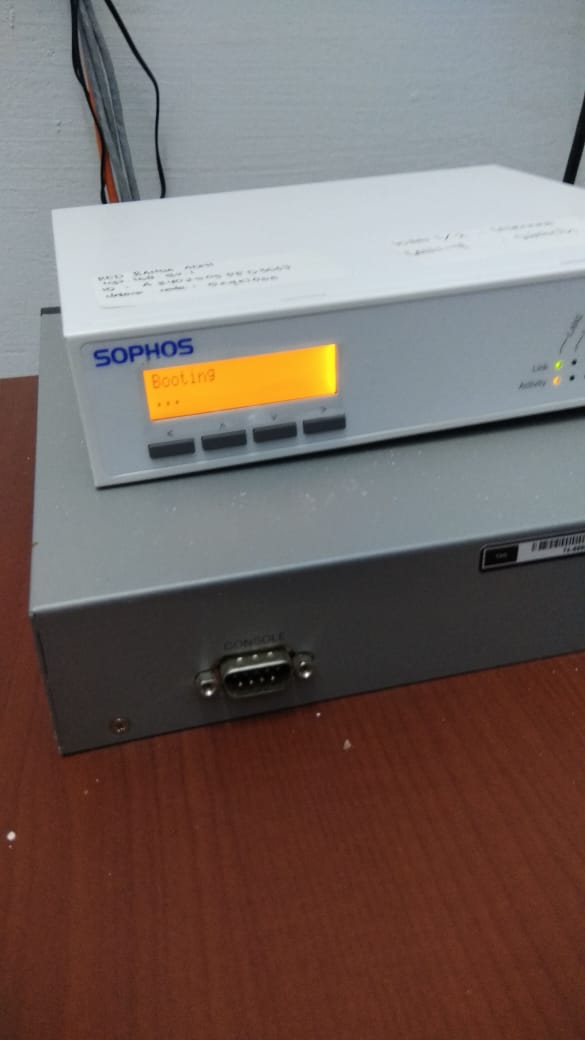

You just have to wait until the OS sets up the display late in the boot process. This is expected on ARM systems before the display is set up. I get an error message about ‘Guest Disabled Display’ It’s highly likely that you did not allocate enough RAM for the Linux Kernel/initrd to decompress. Linux boot fails early with a crash message
UTM DEVICE ISO
You either forgot to add an ISO OR you did not add it as a ‘CD/DVD Image’ OR your ISO is not bootable. I get an error message about ‘no bootable device’ Use a three-finger swipe down gesture to get it to re-appear. Check out this page for some prebuilt VMs you can try. Usage How do I create a VM?Ĭheck out the user guide for usage directions. You can check out our Github and join our Discord. We need all the help we can get! We need both people to work on improving/optimizing the qemu backend as well as people working on the UI and front-end. This makes most modern games non-playable. There is also no support for GPU virtualization so that means no DirectX or OpenGL. Therefore performance would never reach the levels possible with KVM.
UTM DEVICE CODE
The lack of hardware virtualization on Apple A-chips means that even for ARM code we must re-compile it with JIT.
UTM DEVICE DRIVER
This connects with the SPICE server in qemu and allows for some para-virtualization as the QXL graphics driver running on the guest OS can send low-level draw commands directly to Metal APIs.įor more in-depth information on the changes made to qemu for JIT to work on iOS, check out this document. UTM also includes a SPICE client written for Metal. Because iOS devices lack hardware virtualization support, we cannot use the KVM accelerator and instead use the TCG accelerator which does dynamic code translation and JIT compilation. The majority of the work is done by qemu.
UTM DEVICE INSTALL
For more information checkout the install page. If you have a paid ($99/year) Apple developer account, you must re-sign the app every year.


If you have a free Apple account, you must re-sign the app every 7 days. Sideloading allows you to load unofficial apps on your iOS device. UTM requires a jailbreak to use on iOS 14. UTM is supported on iOS 11, 12, and 13 for non-jailbroken devices through sideloading. This allows you, among other things, to run Windows or Linux on your iOS device at a usable speed. It is not for running iOS on other systems. UTM is an app for running other operating systems on your iPhone or iPad.

These protective measures can safeguard the data on endpoints, within network traffic, and within storage devices. FortiGate monitors your network activity, then when a data leak is detected, it blocks it, protecting sensitive data. If a malicious element attempts to exploit a vulnerability in your security, the FortiGate IPS can detect the invasive activity and stop it in its tracks.įortiGate also comes equipped with data leak prevention software, which enables it to detect potential breaches and attempts at exfiltration. In addition, the Fortinet UTM has an IPS that secures your network against attackers trying to gain a foothold within. FortiGate has anti-malware capabilities, enabling it to scan network traffic-both incoming and outgoing-for suspicious files. FortiGate is an NGFW that comes with all the capabilities of a UTM.
UTM DEVICE FULL
If, for example, you have FortiGate and choose to use it to its full capacity, it will also work as a UTM system.Īnother difference is that an NGFW is an effective solution for larger enterprises, whereas a typical UTM may get overwhelmed by the demands of an enterprise.įortinet offers several solutions that give an organization the kind of protection they need from a UTM. Conversely, you can choose to only use it as a firewall or activate some protections but not others. With NGFWs, on the other hand, such as the Fortinet FortiGate, you can choose to turn on the features you need, making it a complete UTM solution. It could also result in difficult decisions and a challenging setup process as you try to either combine the UTM’s features with what you already have or pit one against the other to ascertain which solution is better. Integrating these with your current network could involve extra work. With a UTM, however, there exists the possibility that you get services you do not need. To be clear, both solutions protect your network. Although, on the surface, it may seem that the differences between next-generation firewalls (NGFWs) and UTM are merely semantic, depending on which NGFW you use, there may be some distinctions.


 0 kommentar(er)
0 kommentar(er)
